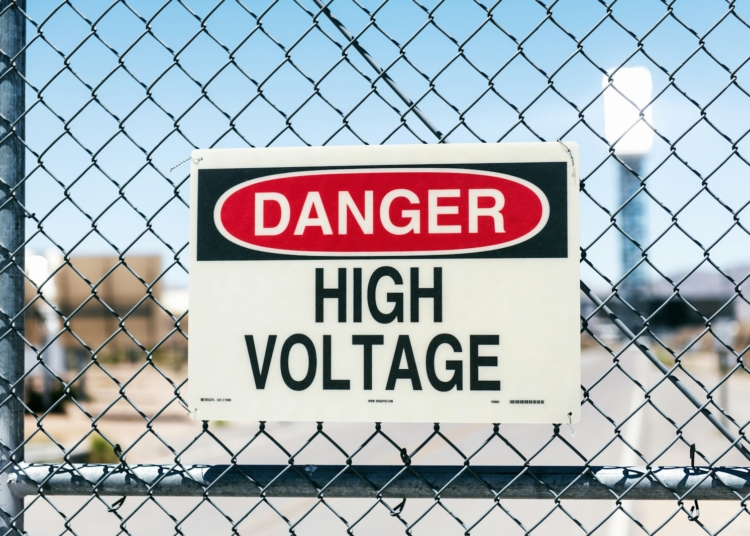The rise of electric vehicles (EVs) and renewable energy systems has thrust lithium-ion batteries into the spotlight, not just as a cornerstone of clean energy but as a challenge for sustainable resource management. As the world races to electrify transportation and decarbonize power grids, the question of what happens to these batteries at the end of their life cycle looms large. Enter the circular economy—a model that reimagines waste as a resource, prioritizing reuse, repurposing, and recycling over disposal. For batteries, this approach is transforming how we think about energy storage, offering a path to reduce environmental harm, conserve critical minerals, and build a more resilient supply chain. This article explores the promise and challenges of repurposing batteries within a circular economy, with insights tailored for readers of EcoBusinessNews.
The Circular Economy: A New Lens for Batteries
Unlike the traditional linear economy, which follows a “take, make, dispose” trajectory, the circular economy seeks to keep materials in use for as long as possible. For batteries, this means designing systems where end-of-life cells are not discarded but instead find new purpose. Repurposing, in particular, involves taking batteries that no longer meet the demands of their original application—say, powering an EV—and deploying them in less intensive roles, such as energy storage for homes or grids. This extends the battery’s life, reduces the need for new raw materials, and cuts down on waste.
The stakes are high. The International Energy Agency projects a 14-fold increase in global battery demand by 2030, driven largely by EVs. Without circular practices, the rush to mine lithium, cobalt, and nickel could strain ecosystems and communities, while discarded batteries risk polluting soil and water with toxic metals. Repurposing offers a way to mitigate these impacts, aligning with global sustainability goals like the UN’s Responsible Consumption and Production (SDG 12). As noted in a 2023 report by the Rocky Mountain Institute, repurposing and recycling can address mineral supply gaps while reducing the environmental toll of mining.
Support authors and subscribe to content
This is premium stuff. Subscribe to read the entire article.










